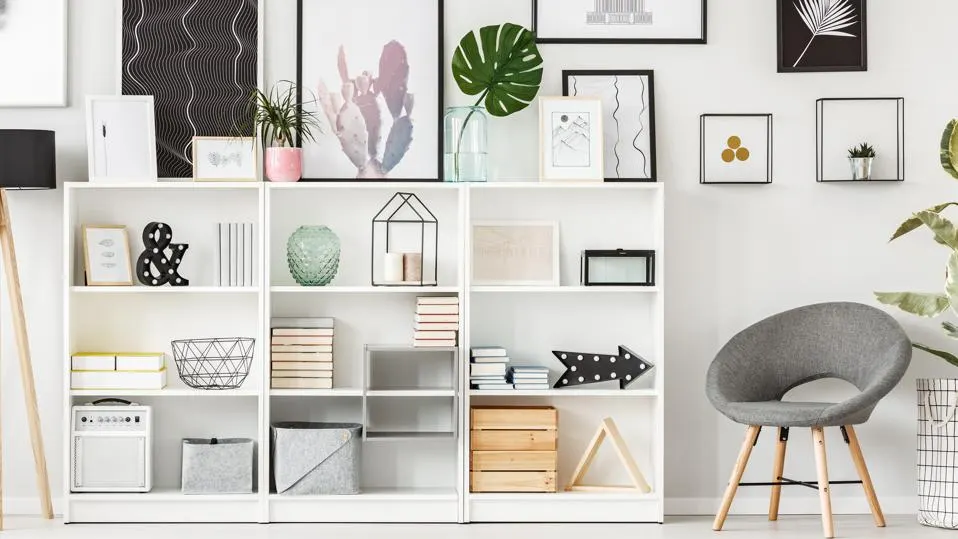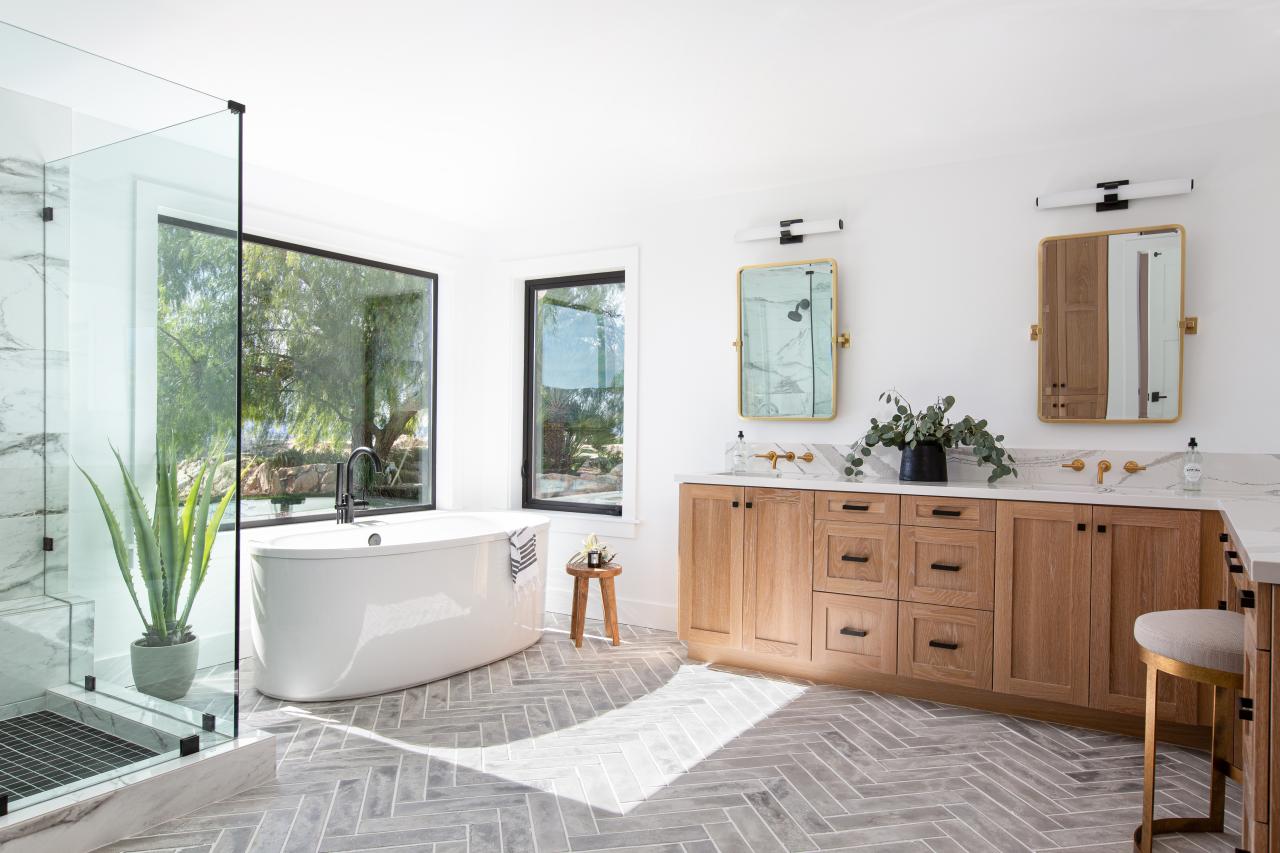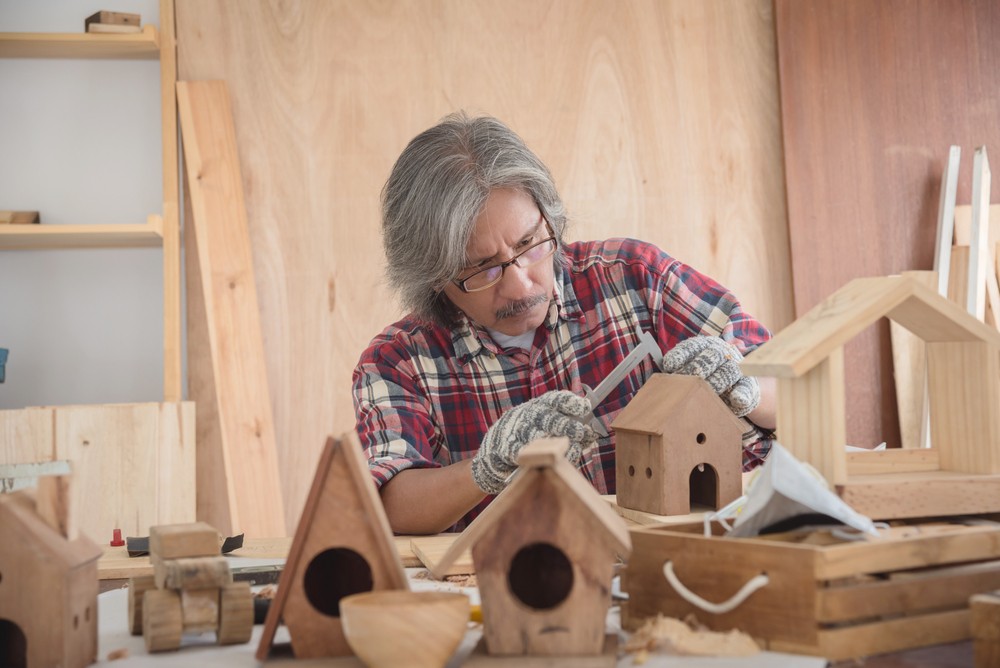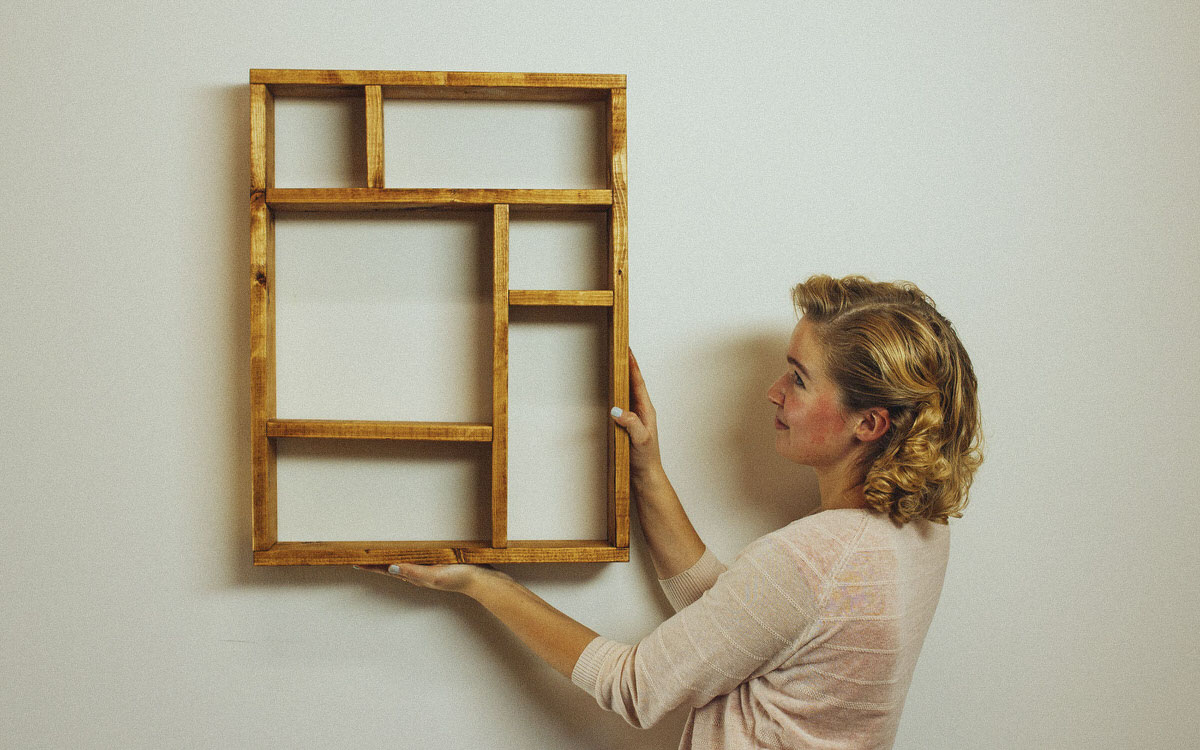
In a world where technology continues to evolve at a rapid pace, so too do job opportunities. Traditional career paths are being supplemented, if not replaced, by emerging roles tailored to the digital age. Among these, the role of a virtual assistant stands out as one of the trendiest and most in-demand professions. Let’s delve into what it takes to become a virtual assistant – and why it’s a career path worth considering.
What is a VA?
As a virtual assistant agency like www.pink-spaghetti.co.uk will tell you, a virtual assistant, often called a VA for short, is a remote work professional providing administrative, technical, or creative assistance to clients. They leverage communication technologies such as email, instant messaging, and video conferencing to collaborate with clients and execute tasks efficiently. From managing schedules to handling emails, conducting research, and even social media management, virtual assistants undertake a diverse range of responsibilities tailored to their clients’ needs.
Why Virtual Assistance is Trendy
The rise of remote work and the gig economy has significantly contributed to the increasing demand for virtual assistants. Businesses, both large and small, are outsourcing tasks to VAs to streamline operations, reduce costs, and access specialized skills without the need for on-site hires. Additionally, the flexibility and autonomy offered by virtual assistant roles appeal to individuals seeking work-life balance and freedom in their professional lives.
How to Become a Virtual Assistant
- Identify Your Skills: Assess your strengths and expertise. Virtual assistants come from various backgrounds, including administrative support, customer service, marketing, and IT. Highlight skills such as organization, communication, time management, and proficiency in relevant software tools.
- Gain Relevant Experience: If you lack experience in certain areas, consider taking online courses or volunteering to build your skill set. Many platforms offer training programs specifically tailored to virtual assistants, covering topics like digital marketing, project management, and administrative tasks.
- Create a Professional Brand: Develop a compelling resume and establish an online presence through platforms like LinkedIn or personal websites. Showcase your skills, experience, and achievements to attract potential clients.
- Network: Join online communities and professional networks dedicated to virtual assistants. Networking helps you stay updated on industry trends and opens doors to potential clients or collaborations.
- Set Your Rates: Determine your pricing structure based on your experience, skills, and the services you offer. Research industry standards and adjust your rates accordingly to remain competitive.
- Market Yourself: Utilize social media, freelancing platforms, and online marketplaces to promote your services. Tailor your pitches to target specific niches or industries where your skills are most valuable.
- Provide Exceptional Service: Deliver high-quality work consistently and communicate effectively with clients. Building strong relationships and earning positive reviews are crucial for long-term success as a virtual assistant.
Top Benefits of Being a VA
- Flexibility: Enjoy the freedom to set your own hours and work from anywhere with an internet connection.
- Diverse Opportunities: Serve clients across industries and geographical locations, expanding your skill set and professional network.
- Work-Life Balance: Maintain a healthier balance between work and personal life, avoiding long commutes and office politics.
- Income Potential: As you gain experience and build a solid reputation, you can increase your rates and take on higher-paying clients.
Image courtesy of Pixabay.com










